
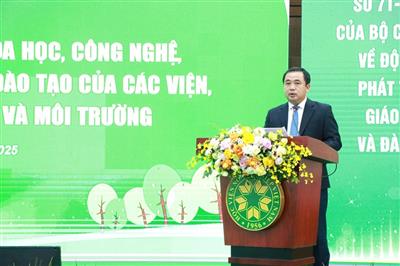
Science, technology, and innovation: The foundation for doubling productivity and increasing product value
At the conference “Promoting breakthroughs in scientific research, technology, and innovation linked to training in institutes and universities” on November 14, Minister Tran Duc Thang affirmed that science, technology, and innovation are becoming the key drivers of development in Vietnam’s agriculture and environment sector.
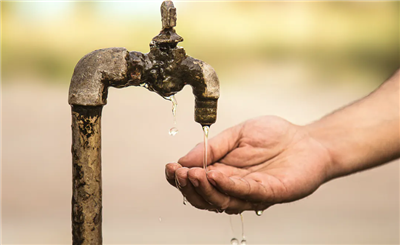
Gravity-driven water filtration system: A new hope for flood-affected communities
In response to the severe shortage of clean water following annual floods, a research team led by Do Sinh Cung and Do Khac Uan from the School of Chemistry and Life Sciences, Hanoi University of Science and Technology, has developed an innovative low-energy membrane filtration system. Operating entirely without electricity, the system enables residents in disaster-prone areas to access safe, hygienic water even under the most challenging conditions.
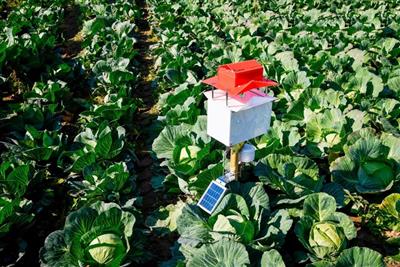
Harnessing solar power for sustainable agroforestry: An automated phototactic device to control insect pests
In line with the global shift toward green and sustainable agriculture, the use of renewable energy in production has become essential for reducing emissions and protecting ecosystems. A research team including Nguyen Van Giap, Bui Duy Ngoc, Nguyen Trong Tuan, Cao Chi Cong, Le Thi Hung, To Quoc Huy, Nguyen Van Minh, and Pham Dinh Manh from the Forest Industry Research Institute, Vietnam Academy of Forest Sciences and Thanh Do University, has successfully developed an intelligent control and solar charging system for a phototactic device designed to control insect pests in agricultural and forestry crops.
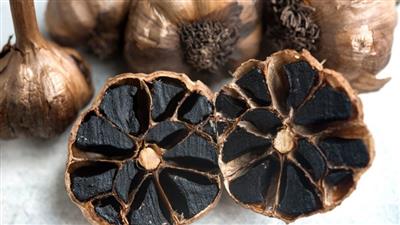
Development of an automatic black garlic fermenter: A Vietnamese innovation
As Vietnam’s agriculture rapidly transforms toward high technology, a group of young researchers from the University of Agriculture and Forestry, Ho Chi Minh City, has developed an automatic black garlic fermenter with a capacity of 10 kilograms per batch. Entirely designed and fabricated domestically, the device allows remote monitoring and control via smartphone, marking a new step forward in smart agri-processing and showcasing the creativity and technological independence of Vietnamese engineers: Ho Van Dung, Khuong Anh Son, Pham Viet Hung, Vo Cong Anh, Le Thi Kim Anh, Nguyen Thanh Cuong, and Tran Khang.

Fuel-less flywheel power generation technology: A new pathway for Vietnam’s energy self-reliance
Throughout human history, energy has been the driving force behind progress and civilization. Yet in the 21st century, it has also become one of humanity’s greatest challenges, as the planet warms, the climate grows more erratic, and fossil fuels near exhaustion.
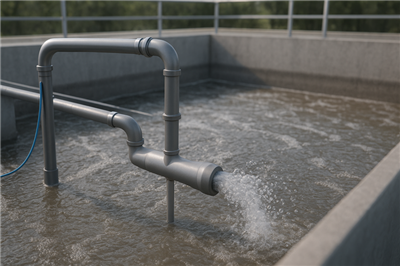
Aeration by venturi tube: A new approach for domestic wastewater treatment
In biological wastewater treatment, oxygen is the “lifeline” sustaining aerobic microorganisms that decompose pollutants. However, oxygen supply typically requires significant energy, accounting for a major portion of operational costs in treatment plants. Addressing this challenge, Phan Xuan Loi, Nguyen Truong Thanh, and Kim Lavane from the College of Environment and Natural Resources, Can Tho University, have developed a novel system that uses a venturi tube combined with a helical mixer to generate microbubbles, thereby enhancing oxygen dissolution in water.
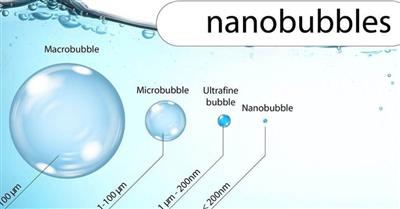
Application of nanobubble technology in seafood preservation: Potentials and challenges
As the demand for food safety and reduction of post-harvest losses continues to increase, technological innovations for seafood preservation and treatment are gaining growing attention from researchers. One emerging “green” solution is nanobubble (NB) technology, which has been extensively studied in medicine, water treatment, and aquaculture, and is now being explored for seafood preservation. According to researchers Vu Dinh Tien and Vu Duy Hung from Hanoi University of Science and Technology, this technology promises breakthrough improvements, yet challenges remain regarding cost, standardized protocols, and the need for further research to optimize its application in the aquaculture and seafood industry.
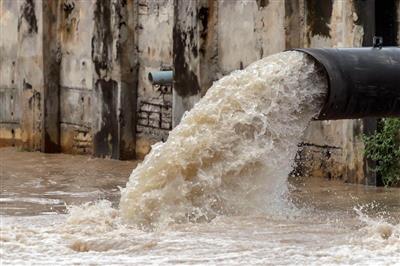
Application of a three-stage aerobic biological rotating cage: A novel approach to urban domestic wastewater treatment
Domestic wastewater is one of the most significant environmental pressures in urban areas of Vietnam, particularly in densely populated neighborhoods with limited infrastructure. A recent study by Le Hoang Viet and Nguyen Vo Chau Ngan (Faculty of Environment and Natural Resources, Can Tho University) evaluated a three-stage aerobic biological rotating cage (an improved form of the rotating biological contactor - RBC) using K3 media, demonstrating high treatment efficiency and promising applicability due to its low investment cost and simple operation.
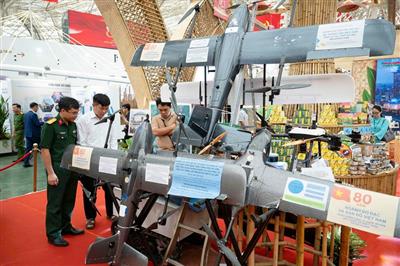
Innovating the unmanned ecosystem: Realizing the spirit of Resolution No. 57/NQ-CP and the patriotic emulation movement
Amid increasingly severe climate change and unpredictable natural disasters, the demand for accurate, continuously updated geospatial data to protect people and support socio-economic development has become urgent. In implementing the Government’s Resolution No. 57/NQ-CP on sustainable agriculture, environmental protection, and climate change response, our research team has adopted a science-driven approach closely linked to practical needs, measuring success by application effectiveness and prioritizing community service as the ultimate goal.
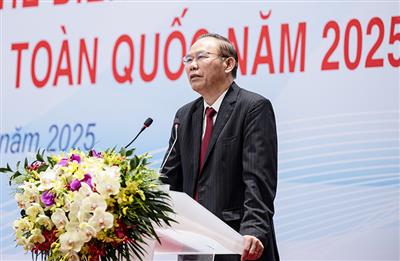
Science and technology: A breakthrough driver for preservation, processing, and mechanization in Vietnamese agriculture
With the spirit that “science and technology are the driving force and the key to sustainable agricultural development,” on September 12 the Ministry of Agriculture and Environment convened the national conference on "Science and technology for agro-forestry-fishery preservation, processing, and agricultural mechanization 2025" under the theme “Enhancing quality and efficiency, reducing losses and food waste.” The conference not only reaffirmed the role of innovation in increasing the value of agricultural products but also served as an important forum for sharing research findings, proposing breakthrough solutions, advancing public-private partnerships, and shaping policies to support enterprises in deep processing, digital transformation, and sustainable agricultural development.

CO₂ absorption capacity of melaleuca forest in Tra Su landscape protection area
In the context of climate change and greenhouse gas emissions becoming global challenges, quantifying the carbon sequestration capacity of forest ecosystems holds both scientific and practical significance. Particularly in the Mekong Delta, where wetland forest ecosystems are ecologically valuable yet vulnerable to environmental change, studies on forest carbon stocks are increasingly essential.
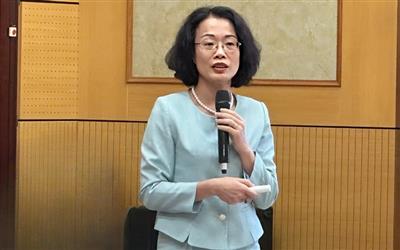
Assoc. Prof. Dr. Pham Thi Thanh Nga: “Science only matters when it steps out of the laboratory and into real life”
With nearly three decades of dedication to the meteorology and hydrology sector, Assoc. Prof. Dr. Pham Thi Thanh Nga is not only a leading scientist in her field but also a steadfast advocate of the philosophy that research must serve practice. In a conversation with the Agriculture and Environment Magazine following the implementation conference of Resolution No. 57-NQ/TW, the Director of the Institute of Meteorology, Hydrology and Climate Change (IMHEN), Ministry of Agriculture and Environment of Viet Nam, shared key technological breakthroughs currently being developed, her experience connecting scientists, policymakers and communities, and the new opportunities opened up by Resolution No. 57-NQ/TW, particularly for female scientists working in the natural sciences.
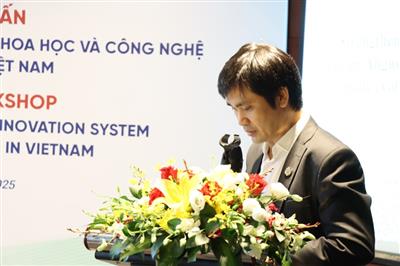
Towards a sustainable and inclusive innovation system in Vietnam’s agriculture
On May 23, in Hanoi, the consultation workshop “Building stronger agriculture innovation system and digital transformation in Vietnam” - jointly organized by the Institute of Policy and Strategy for Agriculture and Environment (ISPAE), the Commonwealth Scientific and Industrial Research Organisation (CSIRO), and the Aus4Innovation program—provided a crucial forum for policymakers, international experts, and representatives from domestic and international organizations to address one of the most pressing challenges facing Vietnam’s agricultural sector: how to build and operate a highly adaptive, effective, and inclusive innovation system.
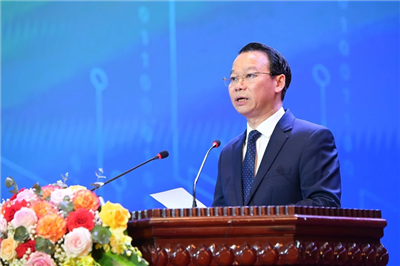
Bac Ninh 2025 conference: Driving science, innovation and digital transformation in agriculture and the environment
On May 10, 2025, in Bac Ninh province, the Ministry of Agriculture and Environment, in collaboration with the provincial People's Committee, organized a conference to implement the "Plan for the Implementation of Resolution No. 57-NQ/TW of the Politburo on breakthroughs in the development of science, technology, innovation, and national digital transformation" in the fields of agriculture and environment. The event attracted the participation of leaders from ministries, sectors, localities, experts, scientists, businesses, cooperatives, and international organizations.

Technological breakthroughs in climate and disaster response: From ideas to action
At the thematic session on irrigation, disaster prevention, meteorology, hydrology, and climate change—part of the Conference to implement Resolution No. 57-NQ/TW organized by the Ministry of Agriculture and Environment on May 10 in Bac Ninh—experts and policymakers presented key recommendations focused on the application of science, big data, and artificial intelligence. These orientations reflect a strong commitment to innovation in managing natural resources and disaster risks, while offering concrete prospects for advancing climate adaptation in the near future.
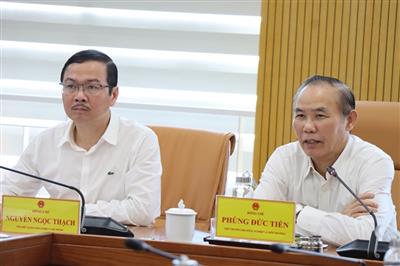
Towards breakthroughs in science and technology for agriculture and the environment: From innovation to action
On May 5 in Hanoi, the Ministry of Agriculture and Environment (MAE) held a press conference to introduce the upcoming National Conference on the Implementation of Resolution No. 57-NQ/TW issued by the Politburo. The event is expected to usher in a new era of breakthroughs in science, technology, innovation, and digital transformation. Chaired by Deputy Minister Phung Duc Tien, the press conference not only provided key details about the conference but also highlighted major institutional bottlenecks that must be addressed for science and technology to become a genuine strategic driver of the sector.

Application of GeoAI technology in rare earth mineral assessment
At the beginning of 2025, a series of new regulations on the technical investigation, resource assessment, and exploration of rare earth minerals and marine sand deposits will come into effect.

Enhancing content quality and scientific scores of the Natural Resources and Environment Magazine
On November 28, 2024, in Hanoi, the Natural Resources and Environment Magazine (under the Ministry of Natural Resources and Environment) organized a workshop titled “Enhancing the content quality and scientific scores of the Magazine”. During the event, scientists, journalists, and experts contributed practical opinions and effective solutions to improve the quality of content and scientific scores of the print edition of the Journal of Natural Resources and Environment. Dr. Dao Xuan Hung, Editor-in-Chief of the magazine, chaired the workshop.

The Department of Survey, Mapping and GeoInformation of Vietnam honored with Special Achievement Award in GIS
The Department of Survey, Mapping and GeoInformation of Vietnam (DOSMVN) has been recognized with the Special Achievement in GIS (SAG) Award at the recent 2024 Esri User Conference held in the United States.

Assessment of Wastewater Status at Tissue Song Duong Company
The paper industry, having evolved over time, plays a pivotal role in the economic and social development strategy of a nation. Despite the positive impacts of paper production, the excessive use of energy, natural resources, and chemicals poses a significant threat to water sources.


